Introduction
Hemp is a versatile plant that has been grown for centuries for various purposes, including fiber, food, and medicine. In recent years, there has been a growing interest in hemp due to its potential as a sustainable and eco-friendly crop. From farm to market, the journey of growing hemp involves several steps that ensure the production of high-quality hemp products.
Farming
The first step in the journey of growing hemp is farming. Hemp can be grown in a variety of climates and soil types, making it a flexible crop for farmers. The cultivation of hemp involves planting seeds in well-drained soil and providing adequate water and nutrients for the plants to thrive. Farmers also need to monitor the growth of the plants and manage pests and diseases to ensure a successful harvest.
Harvesting
Harvesting is another important step in the journey of growing hemp. Hemp plants are typically ready for harvest in 3-4 months after planting. The timing of the harvest is crucial to ensure the plants contain the right amount of cannabinoids and terpenes. Once the plants are ready, they are harvested by hand or using specialized equipment. The harvested plants are then dried and processed to extract the valuable compounds from the plant.
Processing
After harvesting, the hemp plants undergo a processing step to extract the cannabinoids and terpenes. The extraction process involves using solvents or CO2 to separate the valuable compounds from the plant material. The extracted compounds are then refined and purified to produce high-quality hemp extracts. The extracts can be used in a variety of products, including CBD oils, edibles, and topical creams.
Testing
Before hemp products can be sold in the market, they need to undergo testing to ensure they meet quality and safety standards. Testing involves analyzing the cannabinoid and terpene content of the products, as well as checking for contaminants such as pesticides and heavy metals. Only products that pass the testing requirements can be legally sold in the market.
Marketing
Once the hemp products have been tested and approved, they are ready to be marketed to consumers. Marketing hemp products involves creating awareness about the benefits of hemp and educating consumers about the different products available. Hemp products can be sold online or in retail stores, and marketing strategies can include social media, influencers, and advertising campaigns.
Conclusion
From farm to market, the journey of growing hemp involves several steps that ensure the production of high-quality hemp products. By following best practices in farming, harvesting, processing, testing, and marketing, hemp farmers can contribute to the growth of the hemp industry and provide consumers with safe and effective hemp products.
FAQs
Q: Is hemp the same as marijuana?
A: No, hemp and marijuana are different varieties of the Cannabis plant. Hemp contains low levels of THC, the psychoactive compound in marijuana, and is used for industrial purposes.
Q: Is hemp legal to grow in the United States?
A: Hemp cultivation was legalized in the United States with the passage of the 2018 Farm Bill, which removed hemp from the list of controlled substances.
Q: What are the benefits of using hemp products?
A: Hemp products are believed to have several health benefits, including reducing pain and inflammation, improving sleep, and relieving anxiety. Hemp products are also eco-friendly and sustainable.

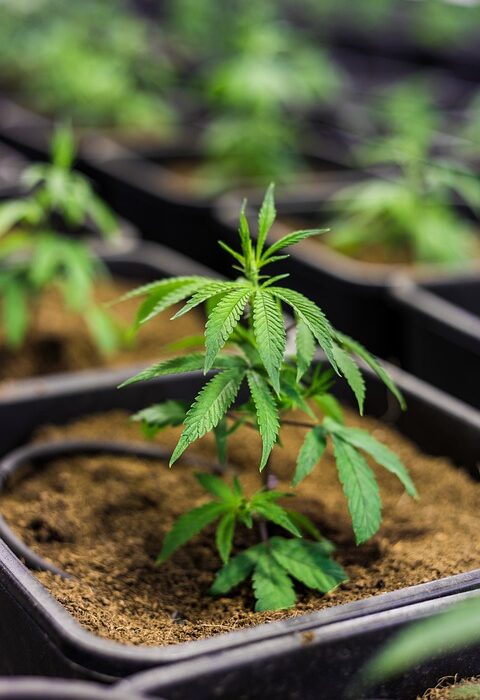
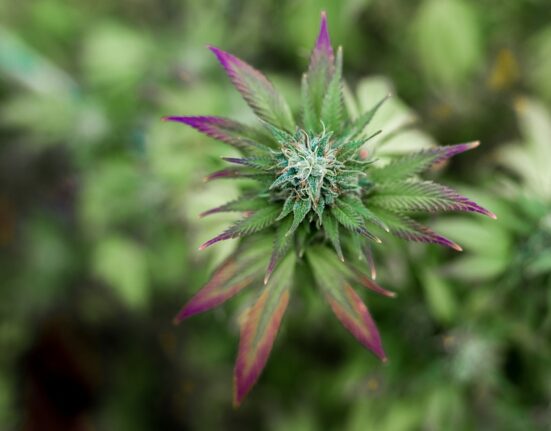
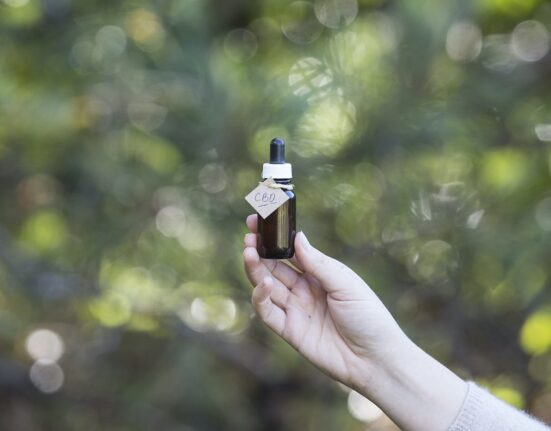
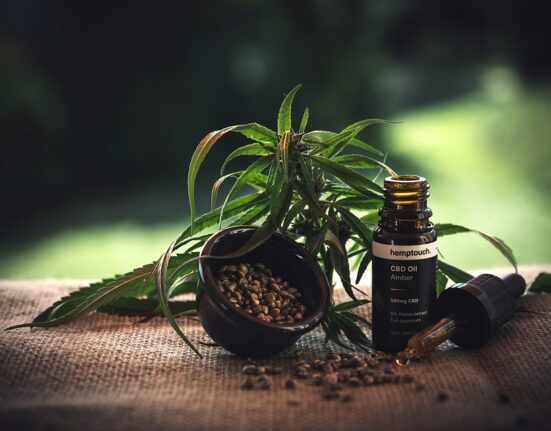
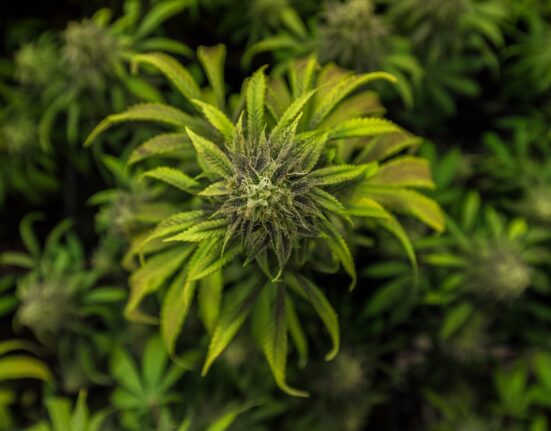
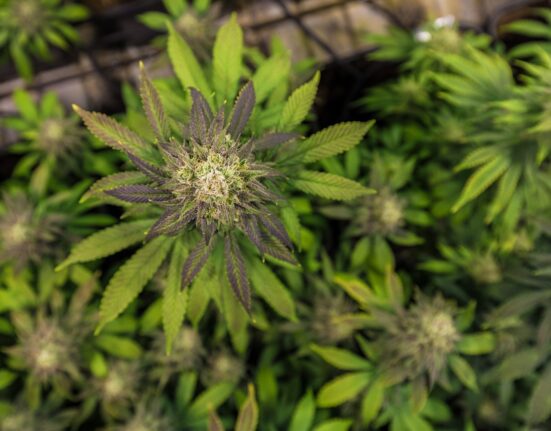
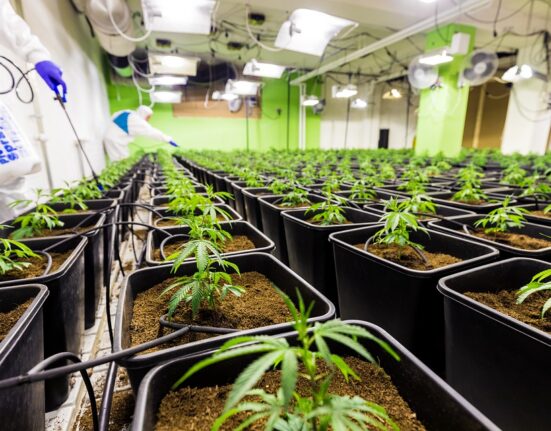
Leave feedback about this